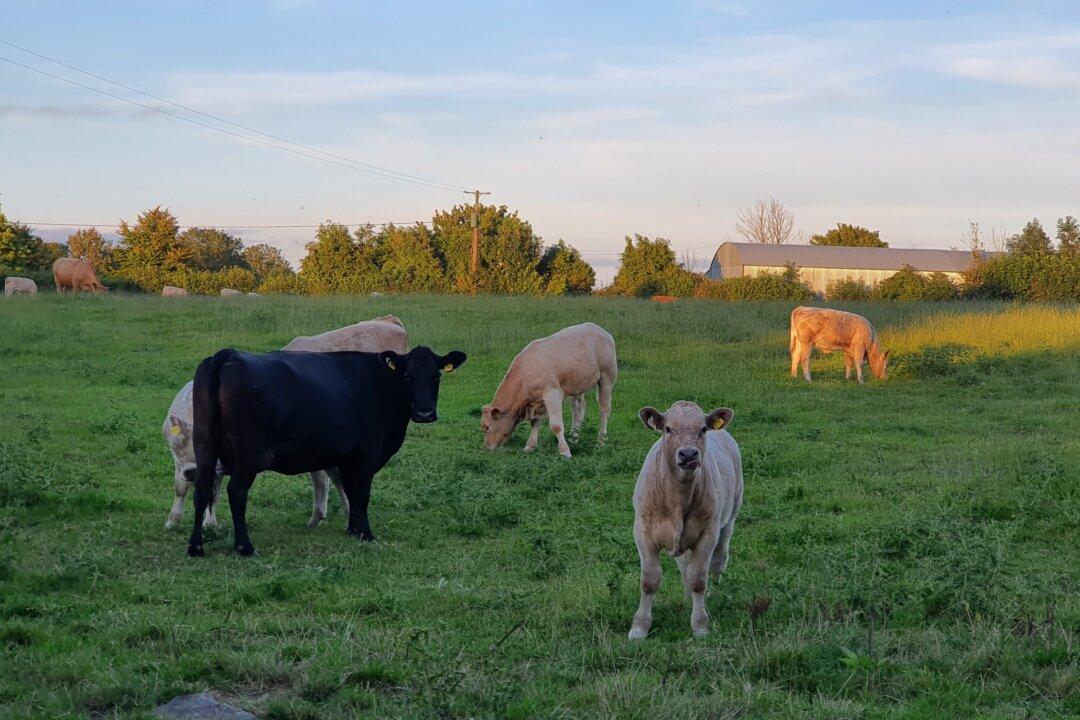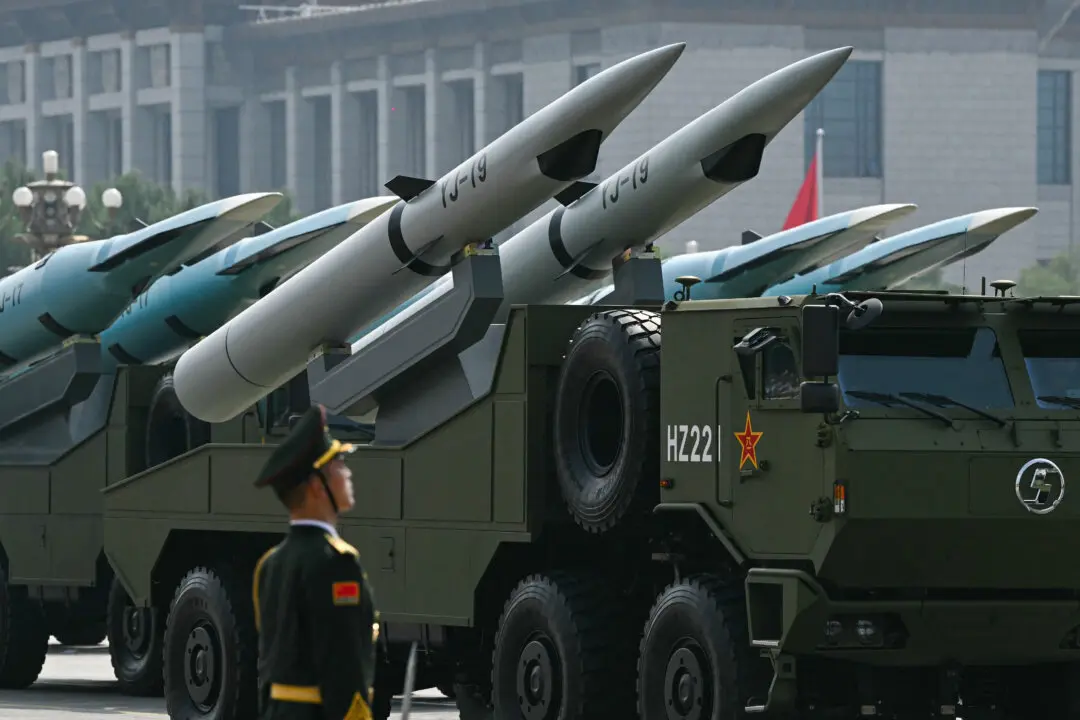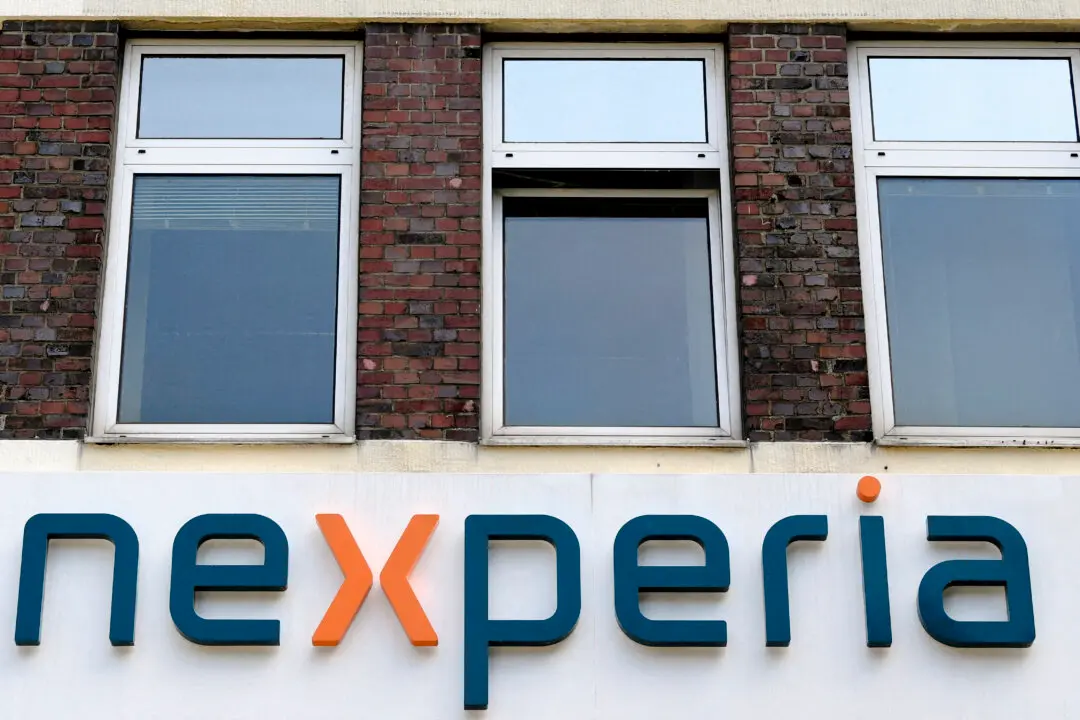The Irish government doesn’t have “one iota of a plan in place at the moment” to help farmers achieve the goal it imposed to reduce 25 percent of greenhouse gas emissions, a rural lawmaker said on Thursday.
Despite ministers’ promise that no animal will be culled, TD for Galway East Seán Canney said he doesn’t believe the goal will be achieved without the culling of cows, which would, in turn, increase overall global emissions due to carbon leakage, and exacerbate the risks to food security.





